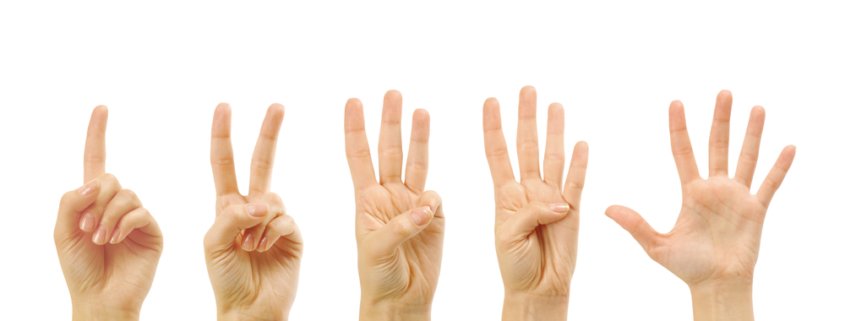Five Fast Lice Facts for Parents
Some situations in life are just easier to deal with when you are knowledgeable. Head lice definitely fit in that category. Be prepared against head lice infestations at your house with
Five Fast Lice Facts for Parents:
Fact #1 – Adult Head Lice: What They Look Like
Head lice are very minuscule, parasitic insects that literally feed off of human blood. They are 2-3 mm in length and light brown in color often making them blend in with hair. Several feedings in a 24 hour period keep them healthy and reproducing. Head lice that are knocked off of a scalp and lose their food source for more than 1-2 days will quickly die. As head lice bite they leave traces of saliva and fecal matter that cause red rashes and irritations on the skin. This is when the itching, swelling, and red rashes will begin to be noticeable, about three weeks after an initial infection. Female head lice, once they reach adulthood, will produce up to 10 new eggs per day. They have claws at the end of each leg that allow them to grasp hair strands and move about the scalp, neck, and hair.
Fact #2 – Nit and Nymphs
Nits, or head lice eggs, are yellowish white in color and oval in shape. They are often mistaken for dandruff or dry skin because of their color and size. One clear indication of a nit is that they are laid onto a hair strand with a substance that makes them difficult to peel off. They will not simply blow off or flake off like dandruff. Nits hatch 7-9 days after they are laid. Once a new nymph, or immature head louse, is born they begin to feed as well and the cycle of life continues.
Fact #3 – More of a Pest than a Dangerous Health Risk
In most cases, head lice do not pose an immediate health risk. However, if left untreated head lice symptoms can become infected and need treatment. To be clear, head lice infestations need to be treated properly and quickly to ensure the problem is not spread to others because it is considered highly contagious. Especially within the same household, head lice are passed on rapidly and can turn into a huge problem if not dealt with swiftly.
Fact #4 – How Are Head Lice Transferred?
The Center for Disease Control and Prevention show that children between the ages of 3-10 are the most at risk for a head lice infestation. This is due to the fact that they spend a lot of time in close-knit areas like daycares, preschools, elementary schools or groups with other children. Young children are also much less likely to complain or indicate symptoms, which makes them more vulnerable and more contagious. Direct head to head contact is the primary way head lice are spread. Second to that is the sharing of items that are contaminated with lice or nits. Any hat, hoodie, coat, hairbrush, helmet, towel, or any such item that is infected can be the cause of infection for someone else.
Fact #5 – Lice Clinics of America Is Your Best Resource for Head Lice Treatment
When you have head lice questions Lice Clinics of America is your best resource for help. Lice Clinics of America, offer various treatment options including the AirAllé medical device. This new, innovative technology uses dehydration to eliminate head lice and nits in a single treatment. This cost-effective, time-saving method is sure to alleviate your head lice concerns and give you peace of mind that your treatment is effective. Call the head lice professionals at Lice Clinics of America today to talk through your concerns.










